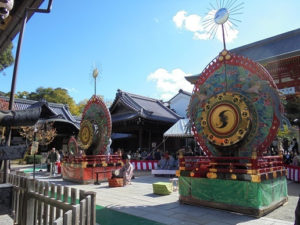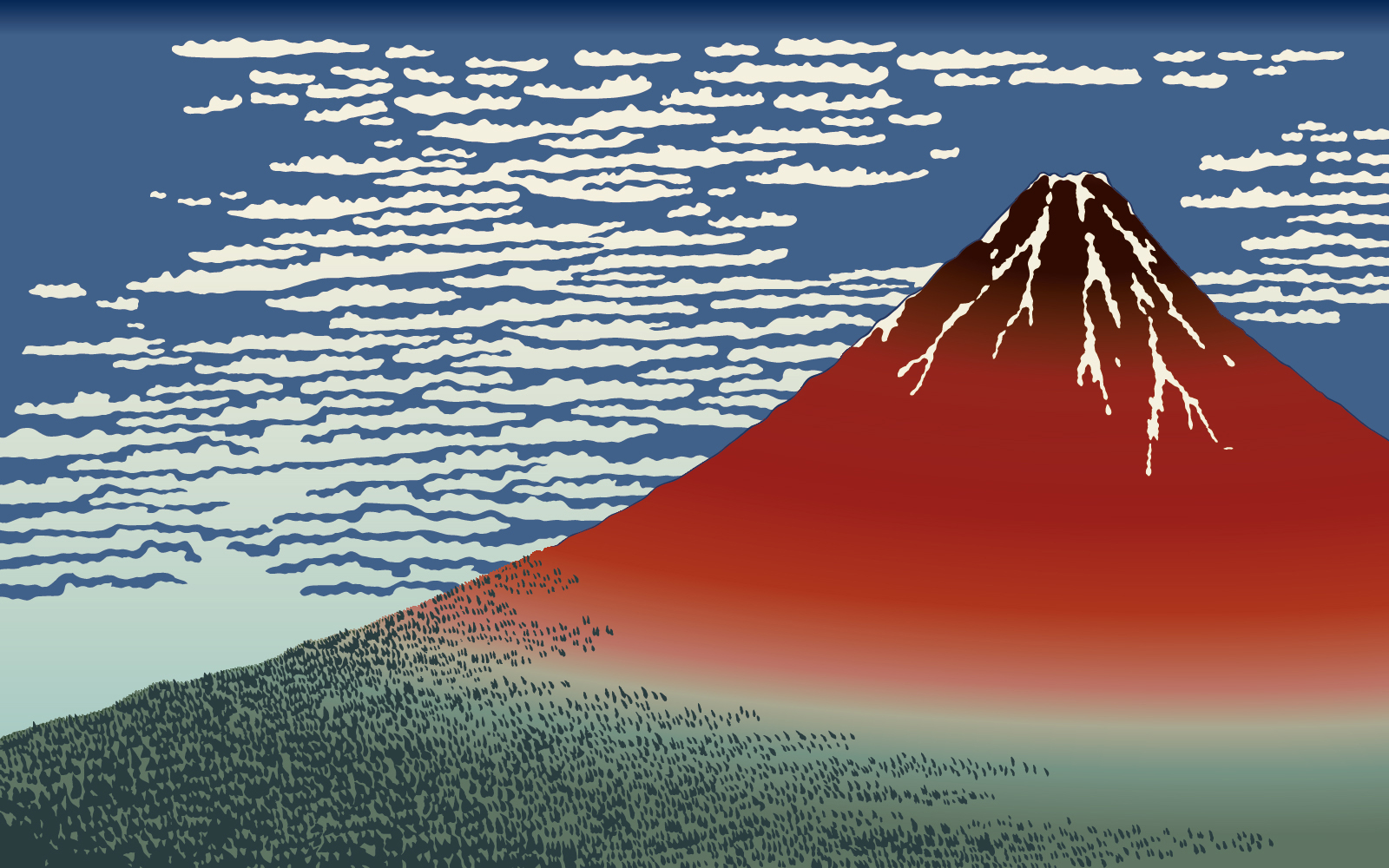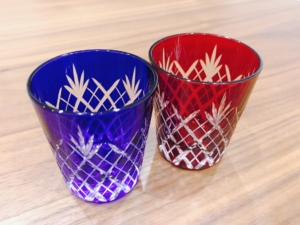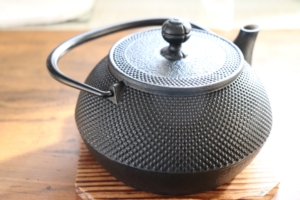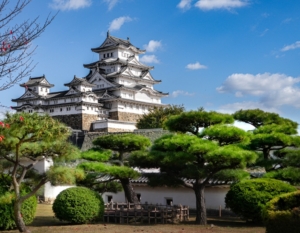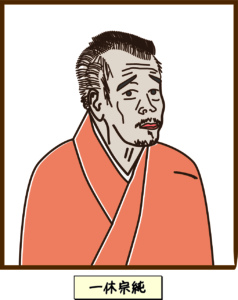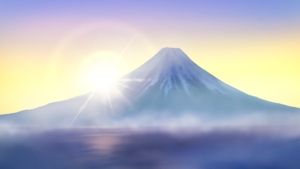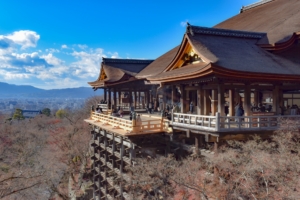Introducing Japanese art while comparing it with Western art.
First, I would like to mention the characteristics of Japanese art.
- Japanese art is inherited art
It seems that Western art has a history of constantly creating new value by destroying existing art.
On the other hand, Japanese art has a strong tendency to value “tradition”, and it was important how to inherit the technique and way of thinking.
In fact, the “Kano school” has inherited that technique for 400 years.
- Japanese art continued to evolve under the influence of foreign cultures
In Japan, while accepting the influences of China, the Korean Peninsula, and the West, we have produced various works of art from time to time.
The art that entered Japan, the end point of the Silk Road, was a convergence of various cultures.
- Draw a non-realistic design
Western painting has a history of drawing realism.
On the other hand, in Japan, there are many works that abstract what you see and then draw it on canvas.
- Closeness to nature
Many Western paintings are religious paintings and historical paintings, and landscape paintings depicting nature have been regarded as low grade.
However, Japanese art has a history of painting by choosing the nature of the four seasons as a motif.
- Use of mineral pigments
In Western painting, oil paint was mainly used, but in Japan, rock paint has been used.
Next, let’s look at the history of Japanese art.
When Buddhism was introduced to Japan in the 6th century, Japanese art was drawing Buddhist art for a while.
During the time of Emperor Shomu, Buddhism was encouraged nationwide to unite the nation. Glittering majestic art, which authorizes the teachings of temples and Buddha, began in this era.
However, in the 9th century, Japan began to move away from China, such as by abolishing the envoy to Tang.
During this period, Japanese art was refined to the Japanese taste of “Wa-yo.”
The art of this period was based on mountains, water, and people.
It was from this time that picture scrolls became popular.
From the end of the Heian period to the Kamakura period, the idea of ”the end of the world” spread, and paintings based on the Pure Land Buddhism began to be actively drawn.
In the Kamakura period, when the samurai emerged, realistic sculptures began to be carved.
Ink painting became the mainstream of Japanese painting during the Muromachi period.
It is believed that the characteristic of ink painting, which is expressed in a limited color called “ink”, is based on the teachings of Zen Buddhism.
During the Muromachi period, art such as Noh, tea ceremony, and Tachibana began, so it is regarded as a budding of modern art.
The Momoyama era was characterized by “unprecedented beauty” to symbolize the turbulent times.
During the Warring States period, a castle was built to show off the authority of the military commander, and many gorgeous paintings were drawn with a magnificent composition on the sliding doors, folding screens, and walls of the castle and temples.
During the Edo period, paintings were not limited to those in power, and citizens became involved in painting production.
In the 17th century, early ukiyo-e prints were monochromatic. After that, it evolved into vivid multicolor printing, and the ukiyo-e culture flourished in Edo.
Landscape paintings by Katsushika Hokusai and Hiroshige Utagawa were called “Meisho-e”.
Meisho-e became popular as a tourist guide and souvenir for people from rural areas.
Author : Wakako Yamamoto
